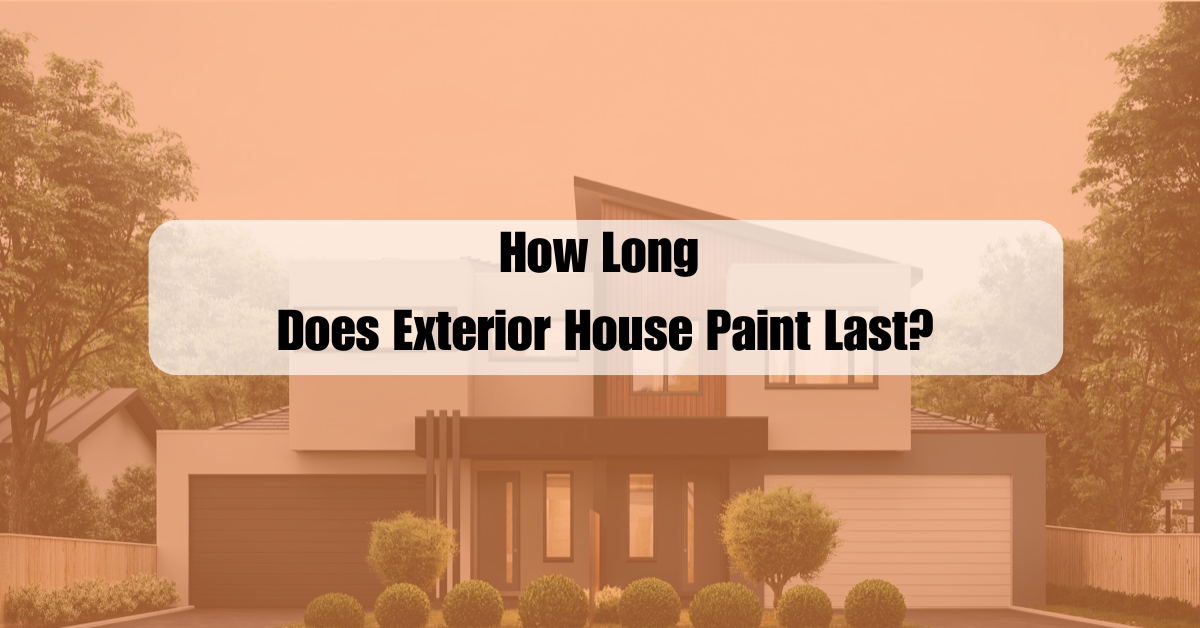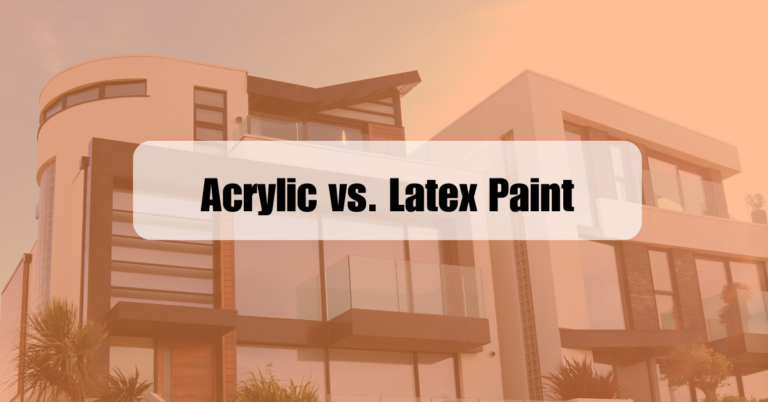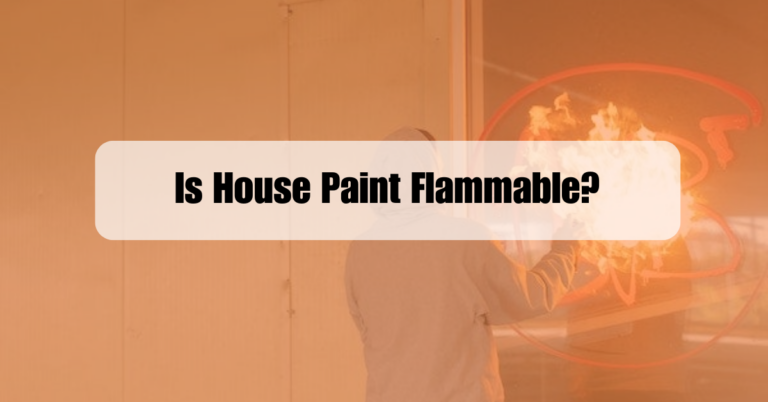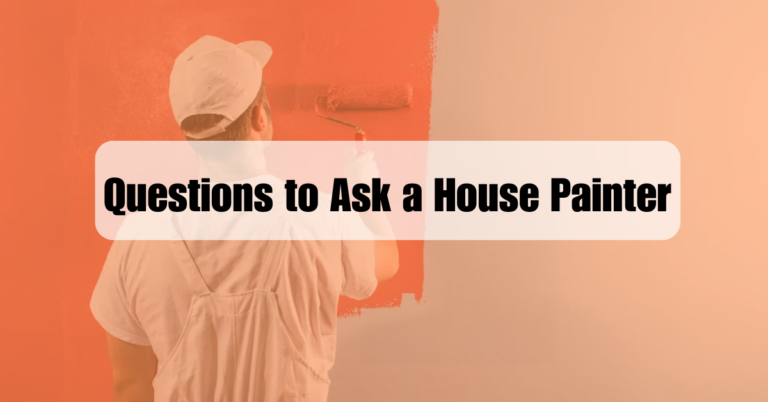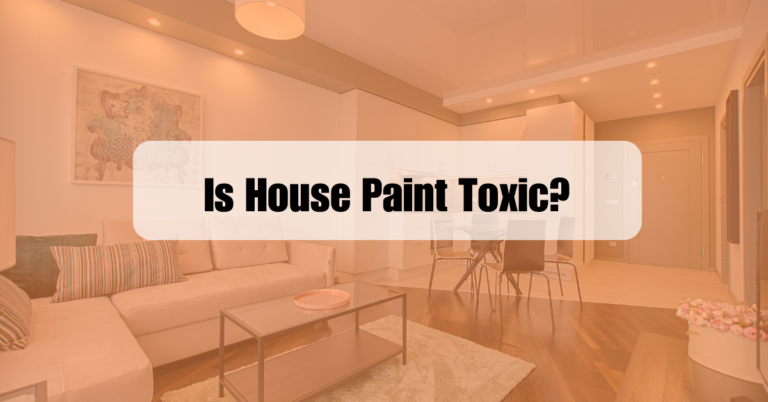How Long Does Exterior House Paint Last?
Ever wondered how long your house’s exterior paint will hold up? Maintaining your home’s exterior isn’t just about aesthetics; it’s about protection. Exterior paint serves as a crucial barrier against the elements, shielding your home from harsh weather, moisture, and everyday wear and tear.
This layer of defense is constantly battling against the sun’s UV rays, rain, humidity, and temperature fluctuations. While you might hope for your paint job to last forever, the reality is that the lifespan of exterior paint isn’t set in stone—it varies based on several factors.
Understanding these factors can help you make informed decisions to keep your home looking fresh and protected for as long as possible.
Average Lifespan of Exterior Paint
On average, exterior paint can last anywhere from 5 to 10 years. However, this varies:
Factors like climate, surface material, and maintenance can shorten or extend these ranges.
Signs Your Exterior Paint is Failing
Look for these indicators
When you notice these signs, it might be time to repaint, and for exterior painting, you can call House Painters Long Island we are providing the best Exterior Painting in Long Island and near you.
Factors Affecting Exterior Paint Lifespan
Understanding the factors that influence how long your exterior paint will last is essential for maintaining your home’s appearance and protection. From weather conditions to paint quality, several elements can impact the durability of your paint job.
Let’s dive into these key factors to see how they can affect the longevity of your exterior paint.
Climate and Weather Conditions
Sunlight, rain, humidity, and extreme temperatures all take a toll on paint. In sunny areas, UV rays can cause paint to fade and deteriorate faster. Wet and humid climates can lead to moisture problems, causing paint to peel and mold to grow. Cold climates with freeze-thaw cycles can cause paint to crack and flake.
Paint Quality and Type
Using high-quality exterior paint is crucial for longevity. Acrylic paint, for example, typically lasts longer than oil-based paint. The type of paint matters too—some are formulated specifically for certain climates or surfaces. Primer also plays a key role, in enhancing adhesion and durability.
Exterior Surface Material
Different materials hold paint differently. Wood, stucco, and brick each have their quirks. Wood can expand and contract with moisture changes, leading to paint cracking. Stucco and brick, being more stable, might hold paint longer but still require the right preparation and type of paint.
Proper Preparation and Application
How you prepare and apply the paint makes a big difference. Cleaning the surface, priming, and using proper techniques can significantly extend paint life. Rushing or skipping steps can lead to premature failure.
👉 Also read: Questions to Ask a House Painter
Tips for Extending Exterior Paint Lifespan
👉 Also read: Is House Paint Toxic?
Conclusion
Exterior paint longevity depends on many factors. Regular upkeep and using the right materials can help maintain your home’s look and protection. For the best results, consider contacting House Painting Long Island a professional for an evaluation.
